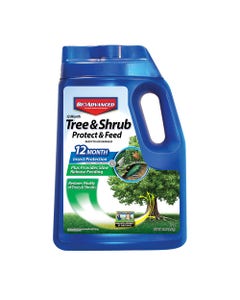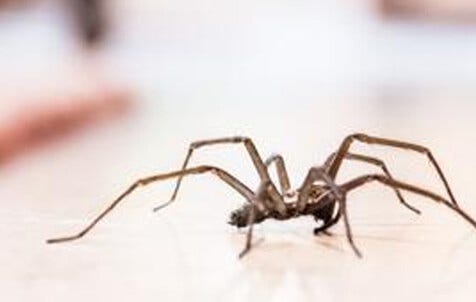

- Home
- Solution Center
- Learn
- Lawn and Landscape
- Planting Ornamental Grasses
Planting Ornamental Grasses
Looking for plants that stage a strong, multi-season show with minimal input? Consider adding easy-growing ornamental grasses to your yard. Hearty perennials, many withstand bitter winter cold and sizzling summer temperatures. Learn more about summer-proof ornamental grasses.
Review these basics of growing ornamental grass to decide if these low-maintenance plants belong in your landscape.
What does an ornamental grass bring to the garden party?
These perennials are unequaled for introducing texture to garden plantings. Many also provide outstanding winter interest. Grasses offer two things to the garden that many plants cannot: movement and sound. A gentle breeze rustles stems against one another and creates a ripple of motion that steals the show. Grasses also offer an array of colors, including vibrant gold, fiery red, dusky black tones and variegated patterns.
Do grasses need full sun to grow?
Most grow best in direct sun and tend to become floppy in lower light. Full sun (6 to 8 hours) is ideal, but you can always try in 4-5 hours and see what happens. Some grasses thrive in low light, such as Japanese forest grass or inland sea oats.
What kind of soil do grasses require?
You can find a grass to suit any soil type. Many grasses prefer well-drained soil, but some thrive in moist soil or heavy clay. Some demand fertile soil; others grow gangbusters in poor, rocky soil. Do your homework, and choose the right grass for your conditions — or amend your soil to suit the grass you want.
When is the best time to plant?
In mild climates, you can plant grasses year-round, whenever they're available for sale. In zones where the ground freezes, spring and early fall offer ideal planting windows. Avoid planting within four weeks of the first fall frost.
When do I fertilize?
Feed established grasses in spring and late summer. Scratch a granular slow-release fertilizer into soil around plants.
Do grasses have pests?
Rarely. You may occasionally have an Aphid or Mite attack. Squirting the grass with a strong spray of water dislodges insects. Rabbits and deer tend to leave ornamental grasses alone.
How often do ornamental grasses need division?
Most grasses can grow for many years without division. That's part of their low-maintenance charm. Divide when the clump dies in the center. The best time to divide is in early spring, before new growth begins. Some grasses develop thick root masses that may require a chainsaw to separate.
Do I need to prune?
For most grasses, cut them back before new growth appears at the start of the growing season. In warmer zones, some grasses are evergreen and don't really require pruning, unless dead leaves collect around the base of the clump. Remove those.
Are there any tricks to make pruning easy?
For small clumps, use hand pruners or shears. Electric hedge trimmers offer a quick pruning option, especially with large clumps. For easy clean-up, wrap a bungee cord around large clumps and cut beneath the cord. Wear gloves for protection, particularly when working with grasses that have razor-sharp edges.
Are ornamental grasses invasive?
Some species are in certain regions. Miscanthus has become a large problem in the Northeast. Fountain Grass (Pennisetum setaceum) has invaded parts of the West. You can limit the invasive potential of some grasses by removing seedheads before seeds mature. Cut just beneath the seedhead, and you'll still have tall stems to linger through winter. There may also be seedless varieties available.
To determine if a grass is invasive in your region, check with your local native plant society or state Department of Natural Resources, or consult the Invasive Plant Atlas of the United States.














